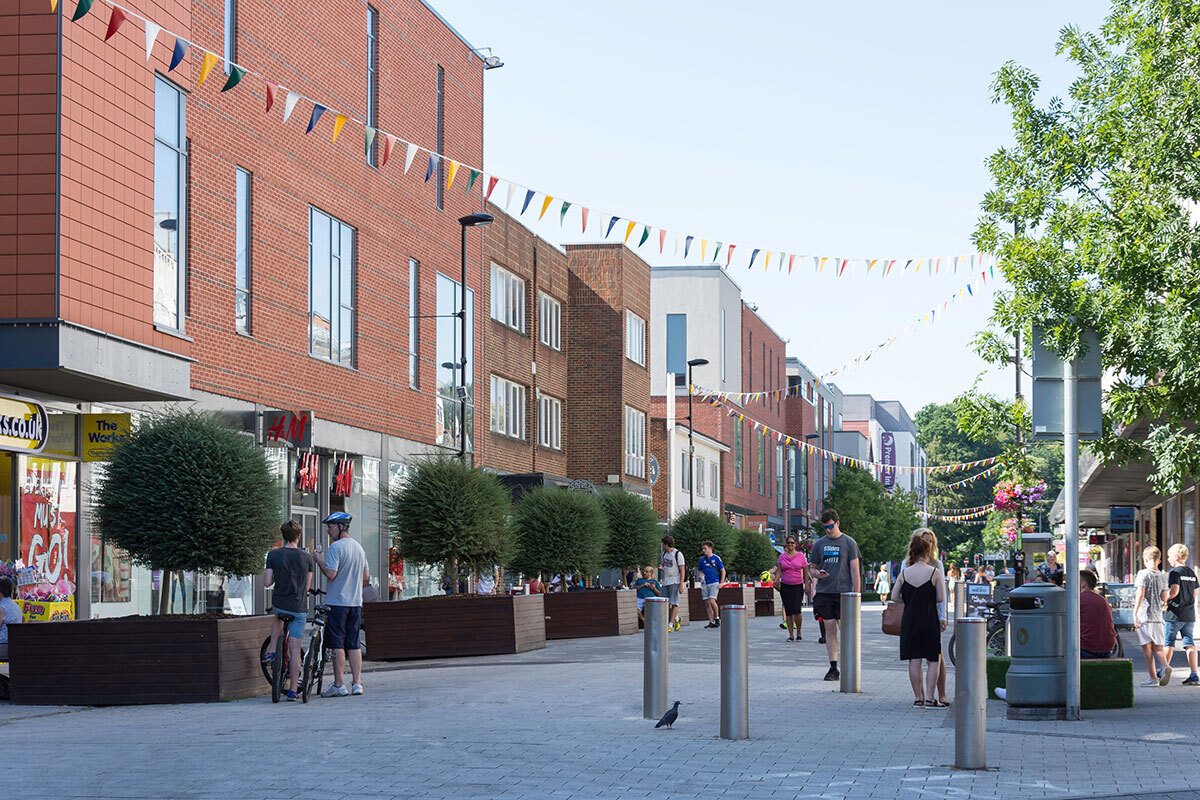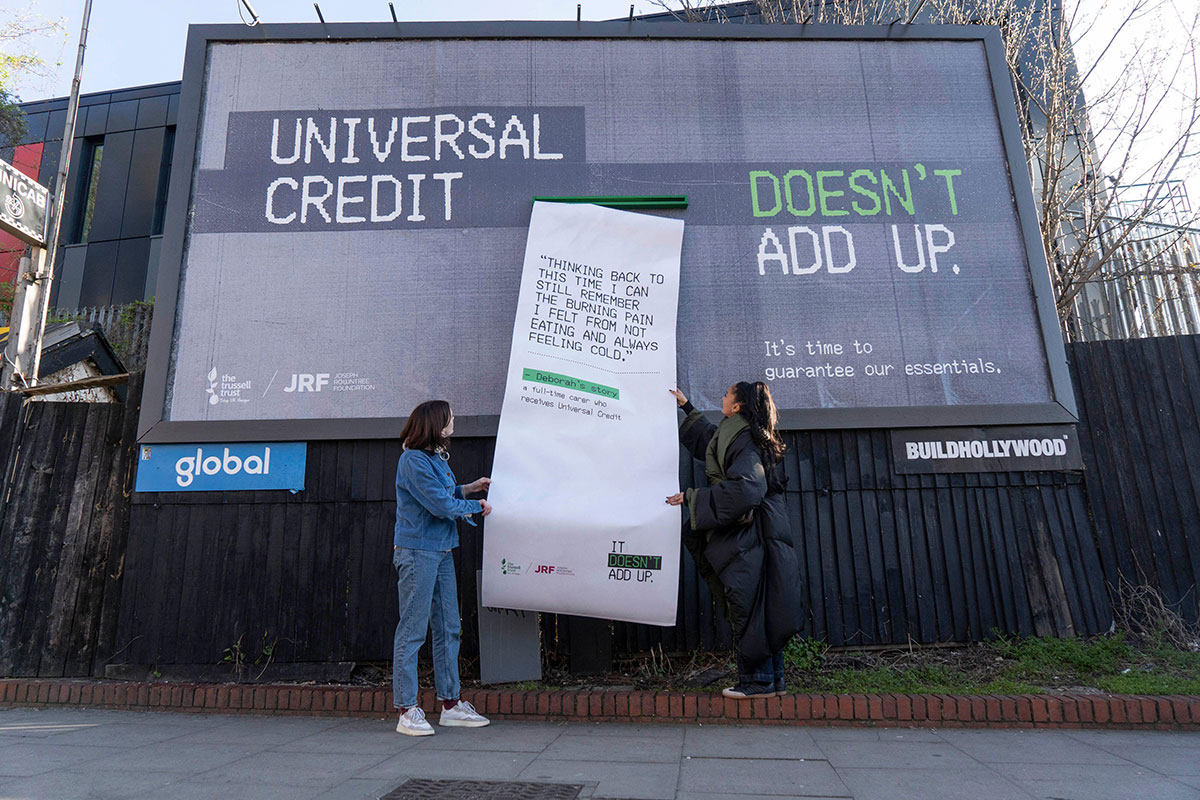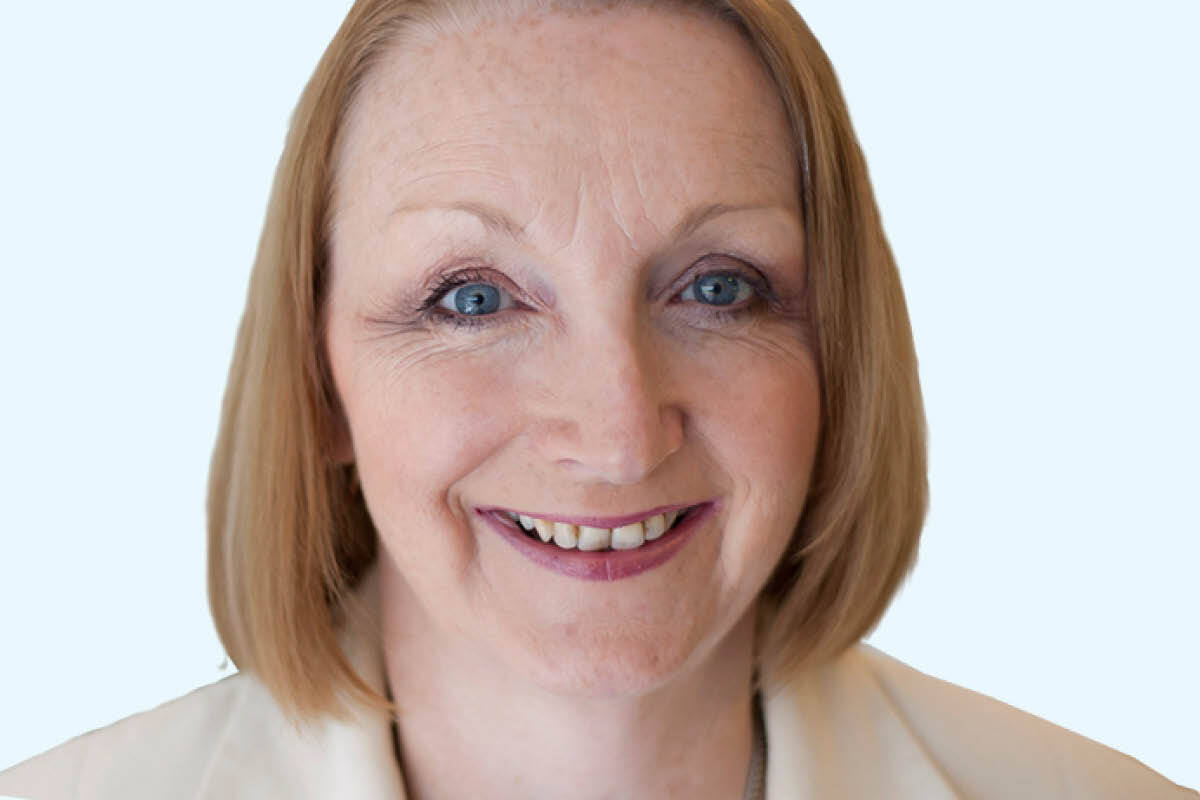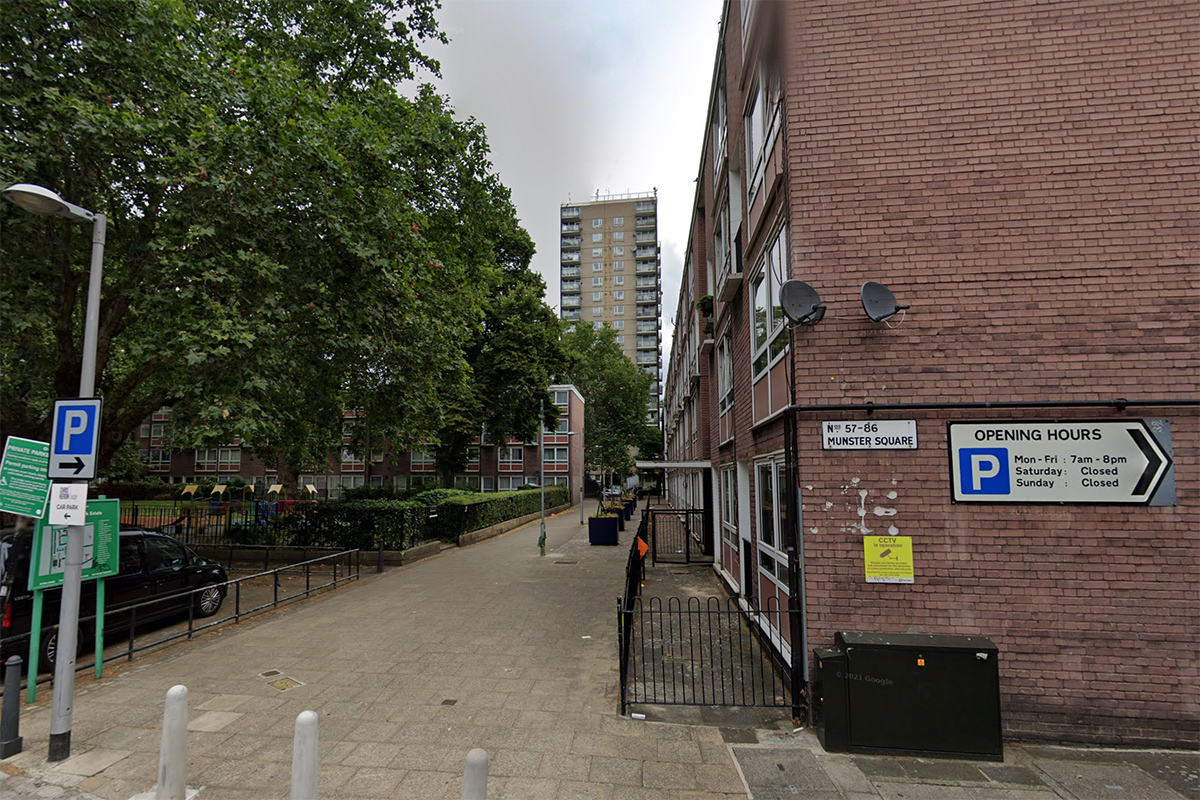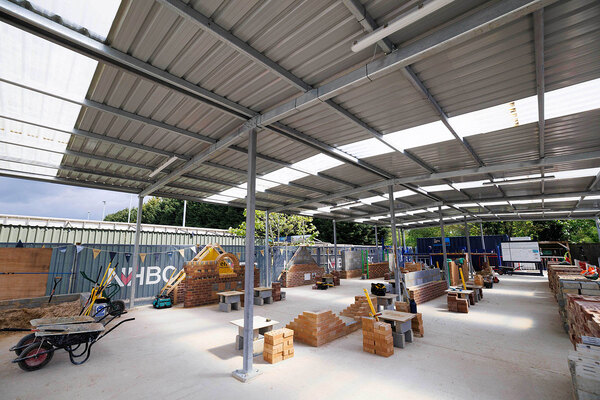You are viewing 1 of your 1 free articles

Jules Birch is an award-winning blogger who writes exclusive articles for Inside Housing
The government sings the praises of social rent, but is still not building anywhere near enough
The government now routinely sings from the social housing hymn sheet. But, Jules Birch argues, it has not made significant changes to policy or funding to allow the homes needed to be built
“Homes for social rent are a fundamental part of our housing stock – a lifeline for those who would struggle to obtain a home at market rates.”
It’s a sign of how much has changed in the past six years that statements like this from Conservative politicians (in this case housing minister Rachel Maclean in a commons debate last week) have become almost routine. For good measure, Ms Maclean also reaffirmed “the unshakeable commitment of the government to drive up both the quality and the quantity of this nation’s housing stock”.
The comments are part of a steady conversion by ministers to the merits of a tenure that not so long ago they seemed intent on dismantling. Since Grenfell, there has been a steady softening in tone and relaxation in policy, with Theresa May as prime minister and Michael Gove as housing secretary prominent among the converts.
“The biggest gap of all is in the Surrey Heath constituency of Michael Gove, where a three-bed affordable rent home costs £1,125 a month compared with £557 a month at social rent”
However, all the fine words and tweaks to policy are not yet matched by results. As MPs from both sides of the house pointed out in the debate, the current output of 7,500 social rent homes a year fails to match the 21,600 a year lost to the Right to Buy and demolition, let alone the 90,000 homes a year that the all-party Levelling Up, Housing and Communities Committee has consistently argued are needed.
All this in the same week as research by the National Housing Federation showed that two million children are living in overcrowded homes with no personal space because they cannot access a suitable and affordable home.
Much of this is obviously down to the fact that the Treasury remains unconvinced about these arguments.
True, £11.4bn for the Affordable Homes Programme (AHP) over four years represents huge progress on the days when it seemed like there would be no AHP at all. True, the government has titled the balance slightly more towards social rent and Right to Buy replacements. However, this is still a fraction of what is required and the AHP been badly eroded by inflation.
And so much of the baleful legacy of 2010 to 2016 is still in operation and yet to be unravelled. As Inside Housing reported last week, affordable rent is now generating rents at double the equivalent social rent levels in some areas. Pointedly, the biggest gap of all is in the Surrey Heath constituency of Michael Gove, where a three-bed affordable rent home costs £1,125 a month compared with £557 a month at social rent.
This is where words really do matter. The response from a Department for Levelling Up, Housing and Communities spokesperson to the story was the same as the line taken by Ms Maclean in the commons: “Since 2010, we have delivered over 632,000 affordable homes, including 441,000 affordable homes for rent, over 162,000 of which were for social rent.”
“He cited the example of an ‘affordable’ shared ownership home in Suffolk that went unsold for two years because no eligible local people could afford it and was eventually sold on the open market”
This is a flashback to the early 2010s, when coalition ministers would routinely obfuscate between ‘affordable’ and ‘social’ and gloss over the fact that the lion’s share of those social rent completions were the legacy of the Labour programme they inherited.
Over in the House of Lords, the true meaning of ‘affordable’ was coming under intense scrutiny in the latest debate on the Levelling Up and Regeneration Bill as a series of amendments looked to change the meaning of ‘affordable housing’ in planning policy.
Baroness Taylor of Stevenage (Labour) sought to remove “the spurious term ‘affordable housing’ from rented properties that are 20% below market rent”.
Former Liberal Democrat housing minister Lord Stunell looked to change the fundamentals of how ‘affordability’ is defined by linking it to local incomes rather than local market prices and stopping the development of ‘affordable’ homes that are unaffordable to those in the most housing need.
He cited the example of an ‘affordable’ shared ownership home in Suffolk that went unsold for two years because no eligible local people could afford it and was eventually sold on the open market.
In response there were more fine words from levelling-up minister Baroness Scott: “I assure noble Lords that the government recognise the need to increase the supply of the most affordable type of affordable housing – that is to say, let at social rent.”
She said that changes to the National Planning Policy Framework (NPPF) would make it clear that local authorities should give greater importance to social rent homes in their development plans and planning decisions.
However, Baroness Scott argued that councils needed flexibility and the government was aiming for a “Goldilocks zone”.
She said: “If we define affordable housing too strictly either within the bill or the NPPF, we risk stripping local authorities of their flexibility to decide what is appropriate in their area. But if we leave the definition of affordable housing entirely to local authorities, we risk losing the levers to drive important government ambitions, including those relating to the increased delivery of social rent. That is why we are keen to maintain the existing approach.”
Needless to say, the Goldilocks principle only goes so far. There is no prospect of the government giving local authorities the flexibility they would see as ‘just right’, such as the power to decide their own Right to Buy discounts – or to suspend the scheme entirely – in response to local housing need.
“The bill’s levelling-up missions are to get the number of first-time buyers increasing in all areas by 2030 and for the number of non-decent rented homes to have fallen by 50%. There is nothing about social rent”
The minister also rejected an attempt by crossbench peer Lord Best to remove what he called “an obnoxious, offensive legislative measure which has hung over local authorities since the passing of the Housing and Planning Act 2016”.
This is the levy that would have effectively forced councils to sell their higher-value stock as it falls vacant to fund the extension of the Right to Buy to housing association tenants.
The back-of-an-envelope policy was never implemented, but it still looked like a symbolic moment when the 2018 Social Housing Green Paper promised that “to increase councils’ confidence to plan ambitious housebuilding programmes, we are confirming… that the government will not bring the higher-value assets provisions of the Housing and Planning Act 2016 into effect. We will look to repeal the legislation when parliamentary time allows”.
Almost five years later, time has still not allowed. Baroness Scott offered assurances that the government has “no intention” of bring the forced sales provisions into effect until it can legislate.
But she rejected Lord Best’s amendment on the grounds that “the Levelling Up and Regeneration Bill does not address the topic of social housing and the government do not wish further to complicate such a complex set of legislative measures”.
Which is rather the point. The bill’s levelling-up missions are to get the number of first-time buyers increasing in all areas by 2030 and for the number of non-decent rented homes to have fallen by 50%. There is nothing about social rent.
For genuinely affordable homes, the wait goes on. When time allows.
Jules Birch, columnist, Inside Housing
Sign up for our daily newsletter
Already have an account? Click here to manage your newsletters
